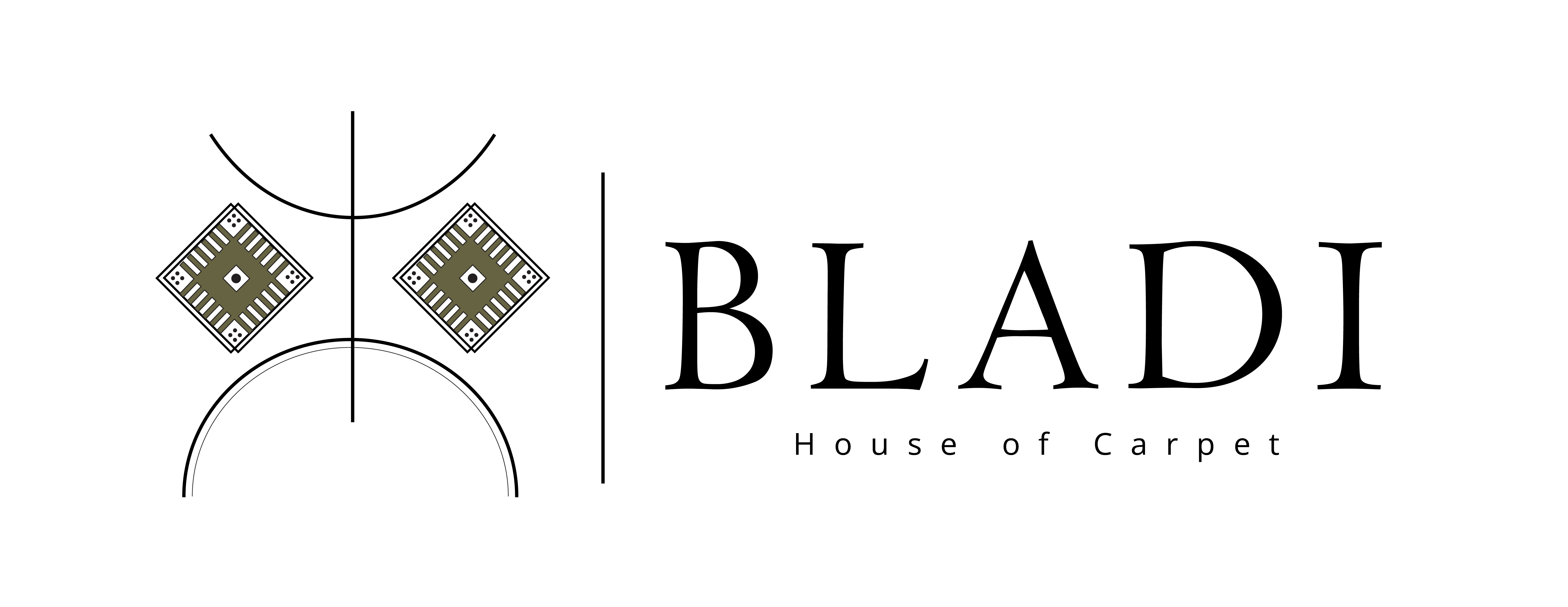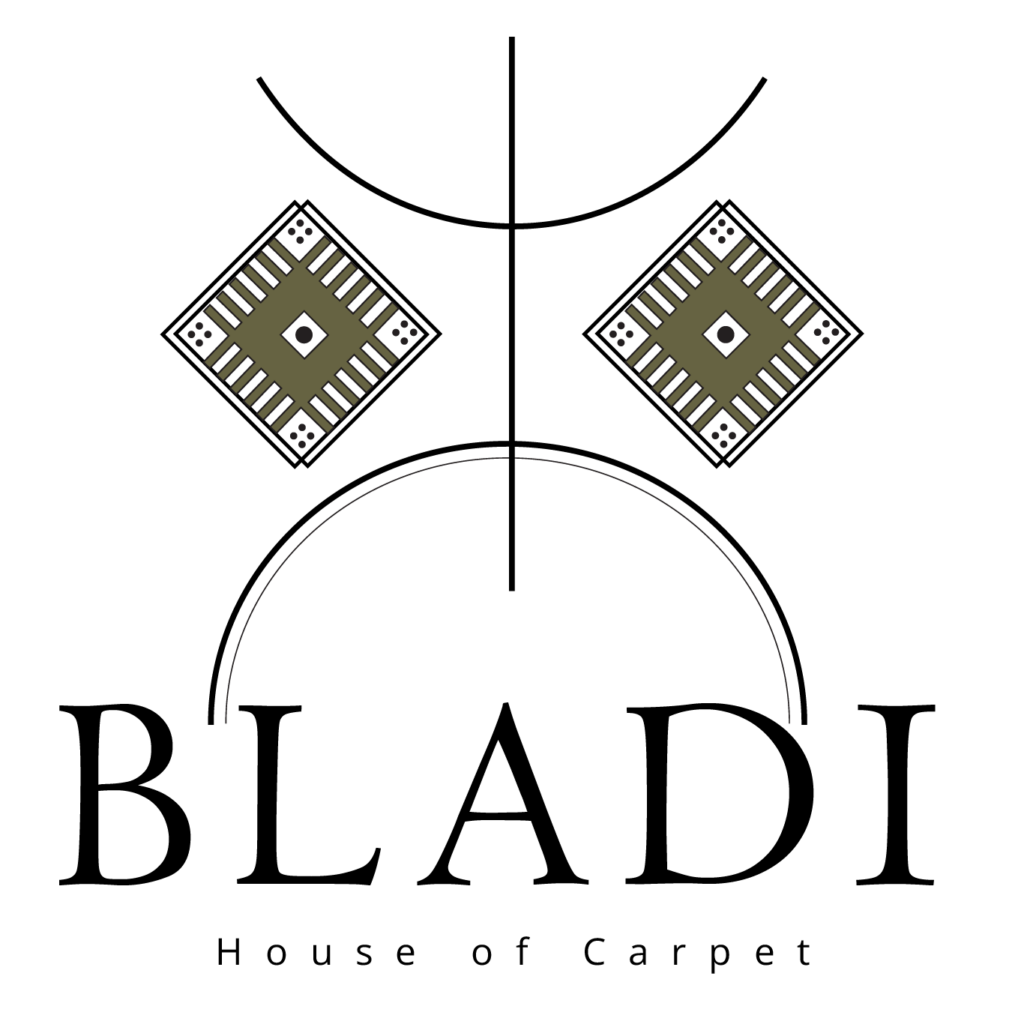
Welcome dear client to “K-Bladi” the land of Moroccan rugs, authentic, rare, Berber and civilized rugs.
Before starting with the types of Moroccan rugs let me tell you the story about the origins of the Moroccan carpets and rugs.
It all started a very long time ago between 800 to 1000 years maybe more maybe less, when the Berber woman discovered how to made rug from the wool sheep camel and goat hair, and also with the help of our rich nature with colored stones spices flowers and fruits etc.… they managed to color the wool by the use of their special techniques and extract a lot of choices of colors such red, blue, purple ,pink, orange, green, yellow and for brown and black can be extract from animal resources as sheep wool for brown and goat hair for black and camel hair for light brown.
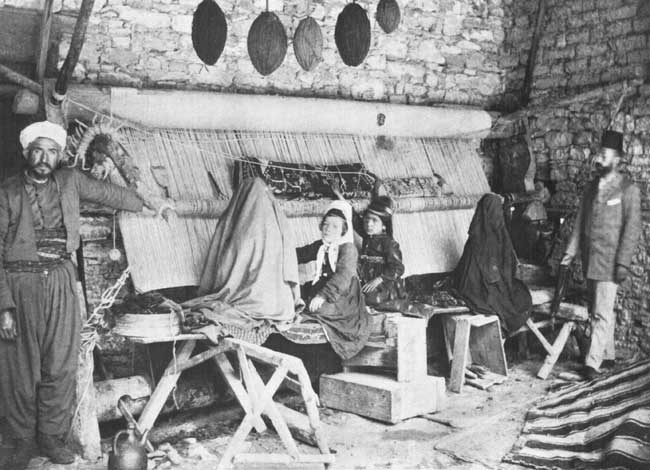

The Moroccan Berber rug is a 100% handmade product, only woman are able to made them, and the reason why because women weren’t able to get out of the house, they use to take care of it so they had to make benefit of the time that they have and they start making rugs, some other women they made the rug because of the pregnancy at that the period of time they have some desires some they describe and translate them to draws inside the rug, also it can be made as a wedding gift when the daughter is about to leave the family house so the mother put a tattoo into the daughter face as a identity that shows where is she from and the tattoo is unique and it can only be used by Single tribe because each tribe has her own tattoo, and that tattoo must be putted inside the rug as a sing and pride that this girl and rug are from that village.
Now let’s talk about the symbols and there mean those symbols are known by women as their own language, these kinds of symbols you still see them until now in the modern rugs as a legacy from the authentic rugs so as you may find and almost in any carpet the diamond shape symbol which mean the protection against the evil eye also a zigzag line as a sign to the river or the snake and both a holy person and magical properties, you can find the bird draw too which represent a BARAKA motif, seeds also a fertility motif some other time you may find draws of a man or woman also a child, animals such camel, sheep, cat, dog… and the hand of FATIMA.
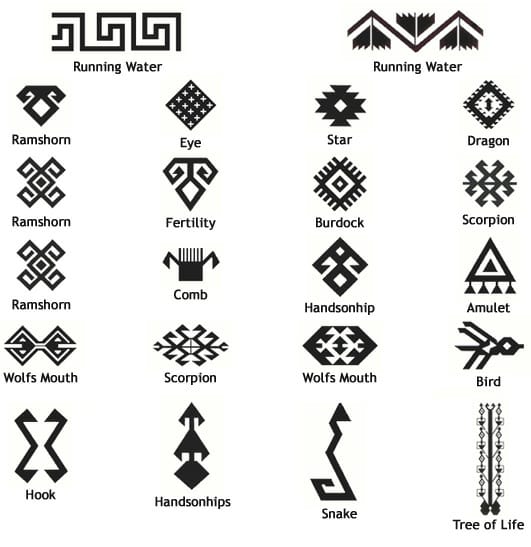

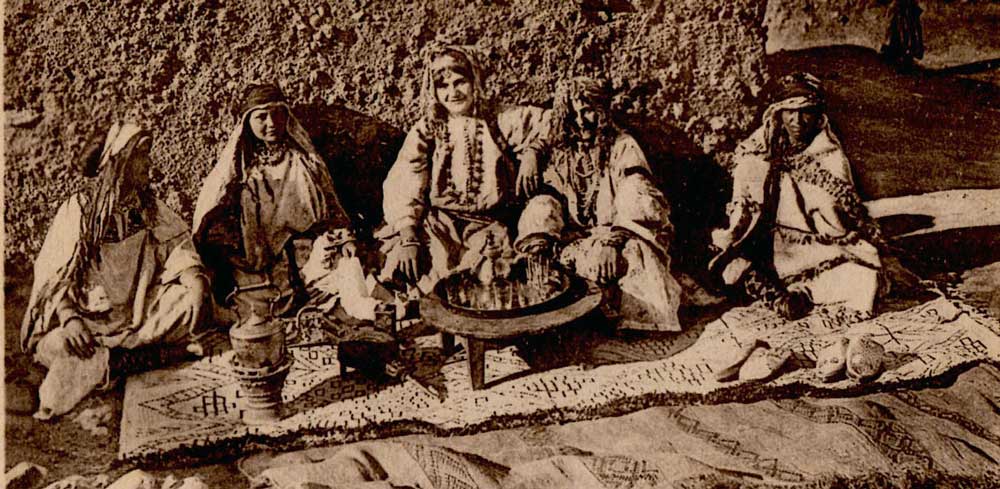

All these stories were written by Berber women these language were created by women over years and nowadays we still have few of their vintage rugs and in all Morocco some villages kept the legacy of these art until these present day for example: MARMOUSHA, ZAYAN, BENI WARAYEN, AIT YOUSSI, BENI MEGUILED… those regions hade the name of the families who used to live there and those who last were near fez in the middle atlas mountain, and also the small atlas like EL HAUZ we have families most of them were Bedouins who arrived long time ago to Morocco from Yemen as RHAMNA family who are known for their own style of rugs by mixing the wool sheep and hair goat and the most known color that they use is red, other families in EL HAUZ there is OULAD BOUSBAA, BEN HMER, SHIADMA, and the Berber people on OURIKA VALLEY are specialized at BOUSHAROUITE rugs which are rugs made by recycling old clothes, also we have the civilized carpet and there are three cities who are known by that type FEZ, CASABLANCA (MEDIOUNA), and RABAT, and last type of rugs is the KILIM which is a type that has other techniques from the weaving material to symbols and draws and the KILIM was made by the nomadic families and it was used as a rug in the floor or in the side of the tents as walls or even as a cover as blanket from the cold weather and it wasn’t huge and heavy like the rugs because of the nomadic life of these people they always try to not carry the unnecessary weight and the famous family of KILIM making is ZAMOUR, TAZNAKHET, TEFELLET, and some other families they weren’t living the nomadic life but they had the passion to make the KILIMS.
